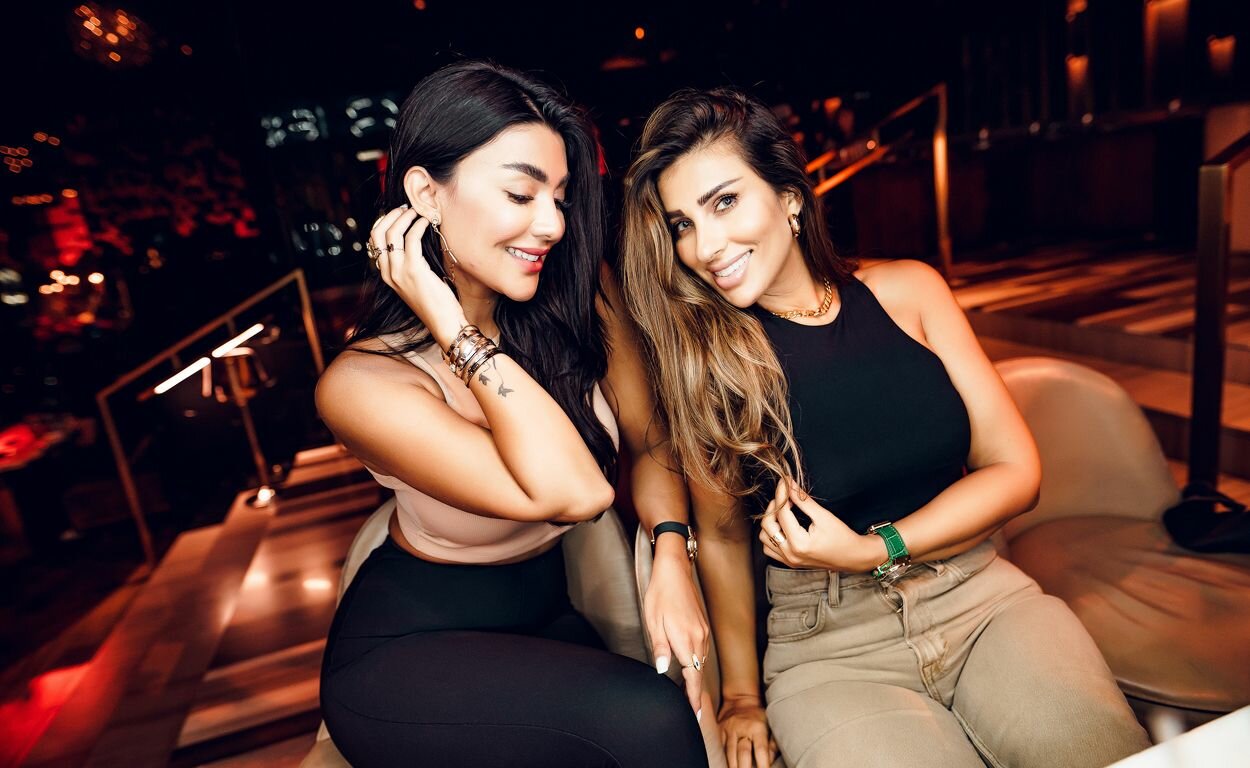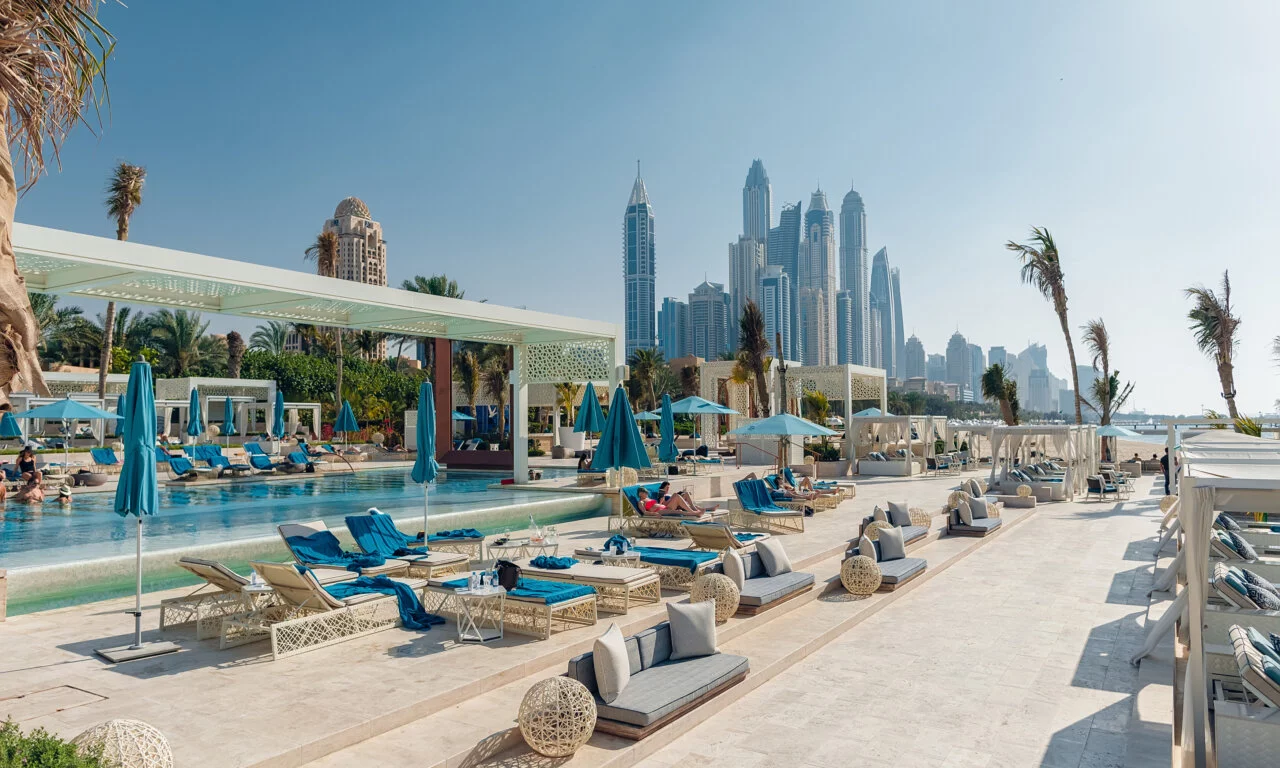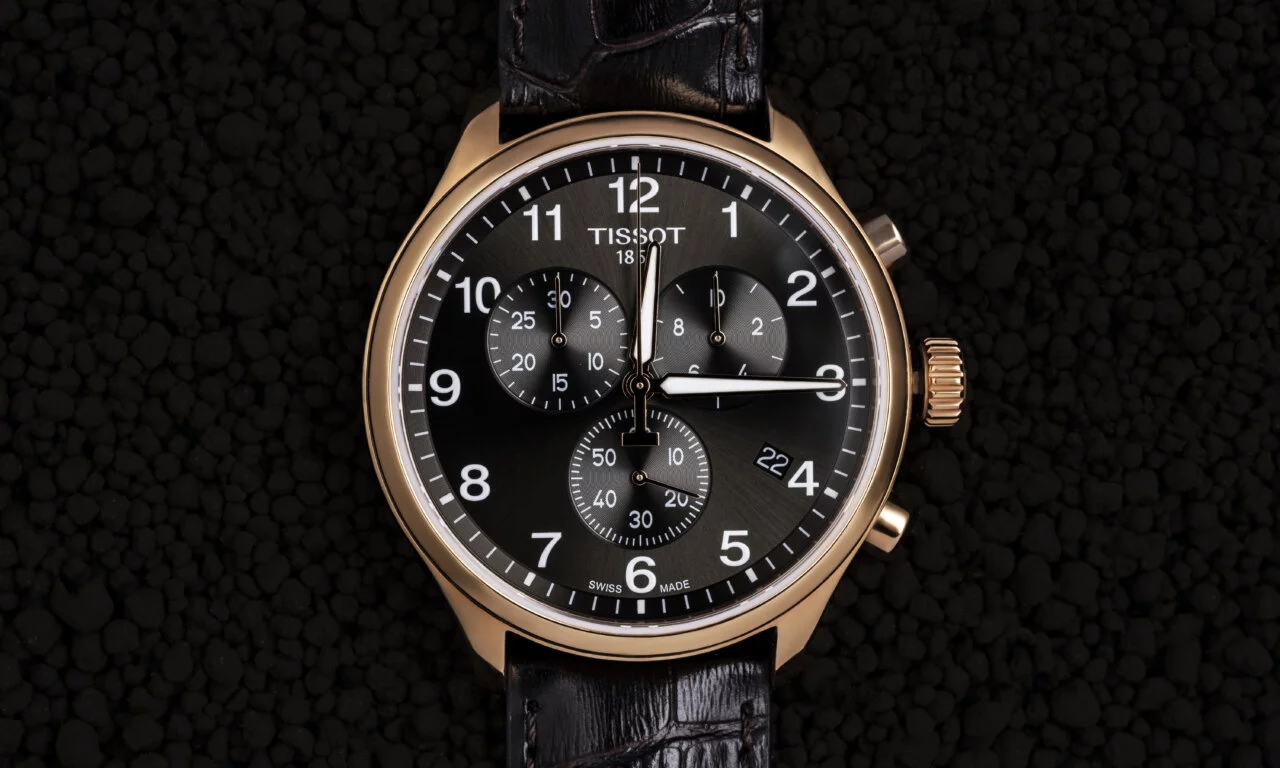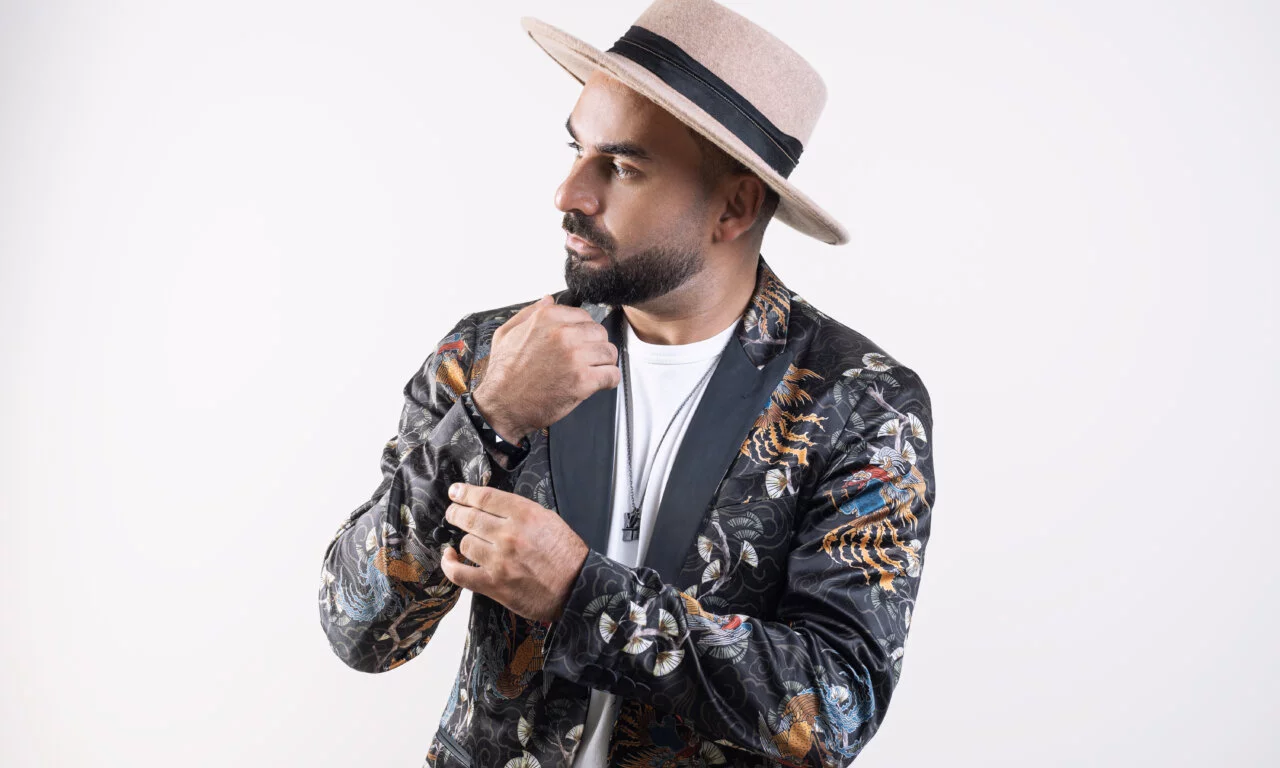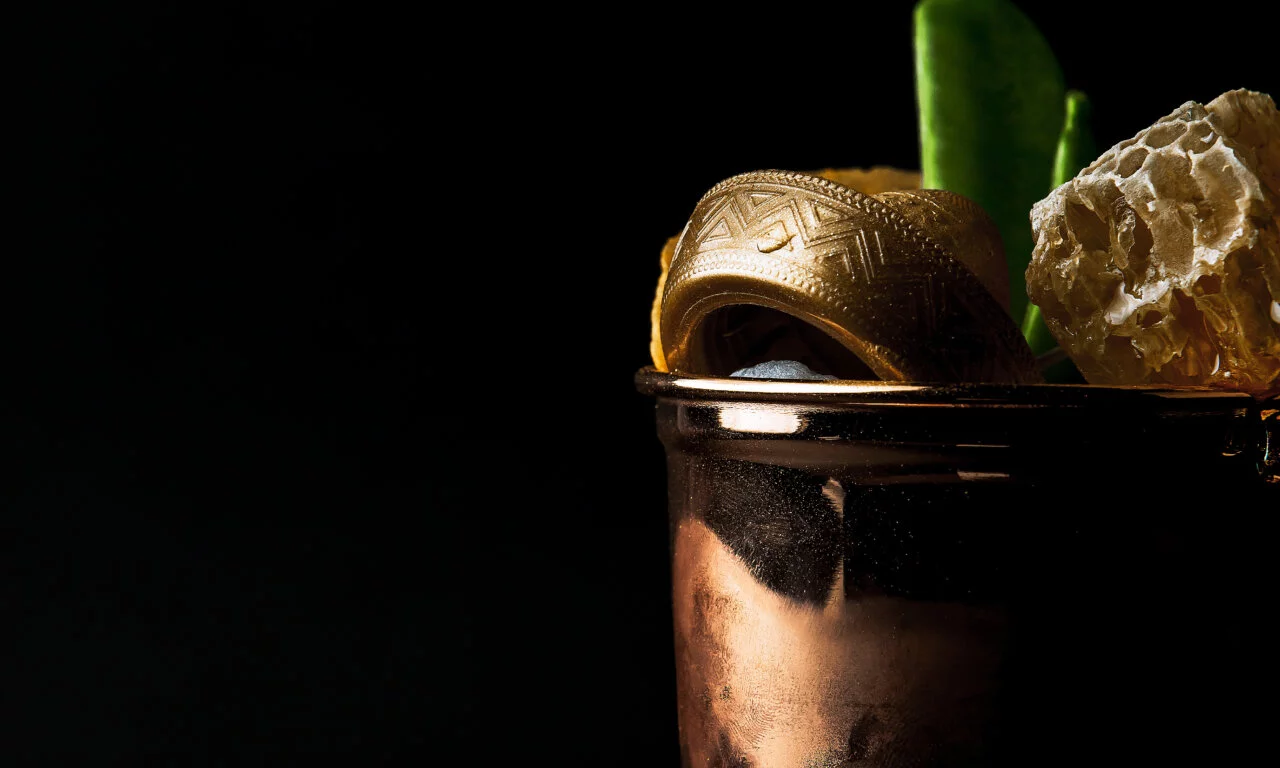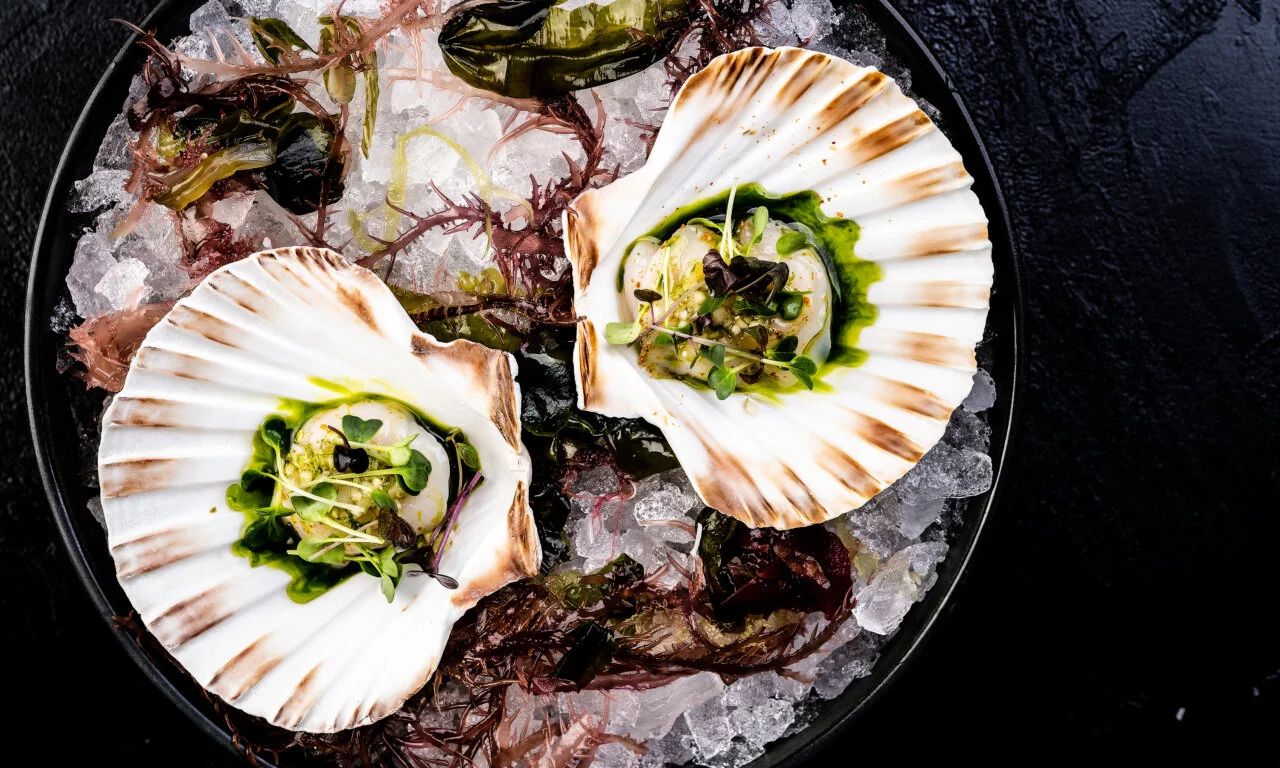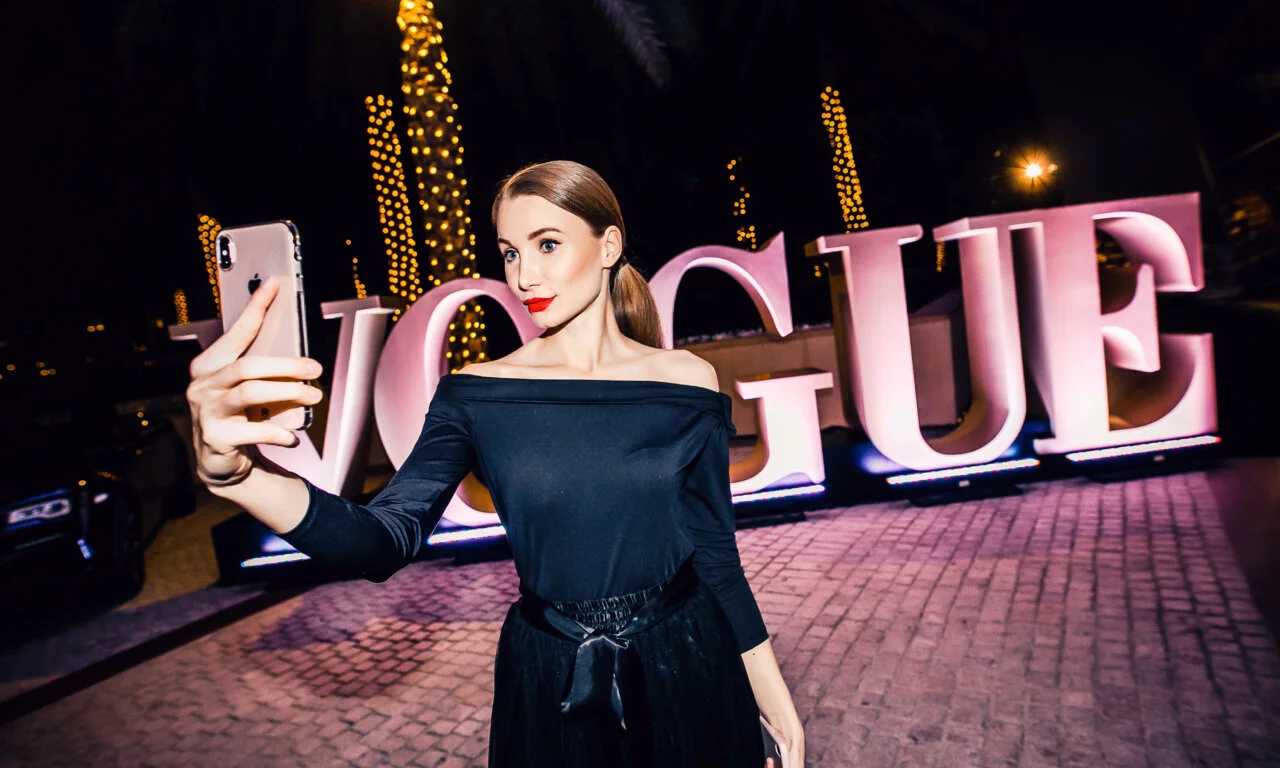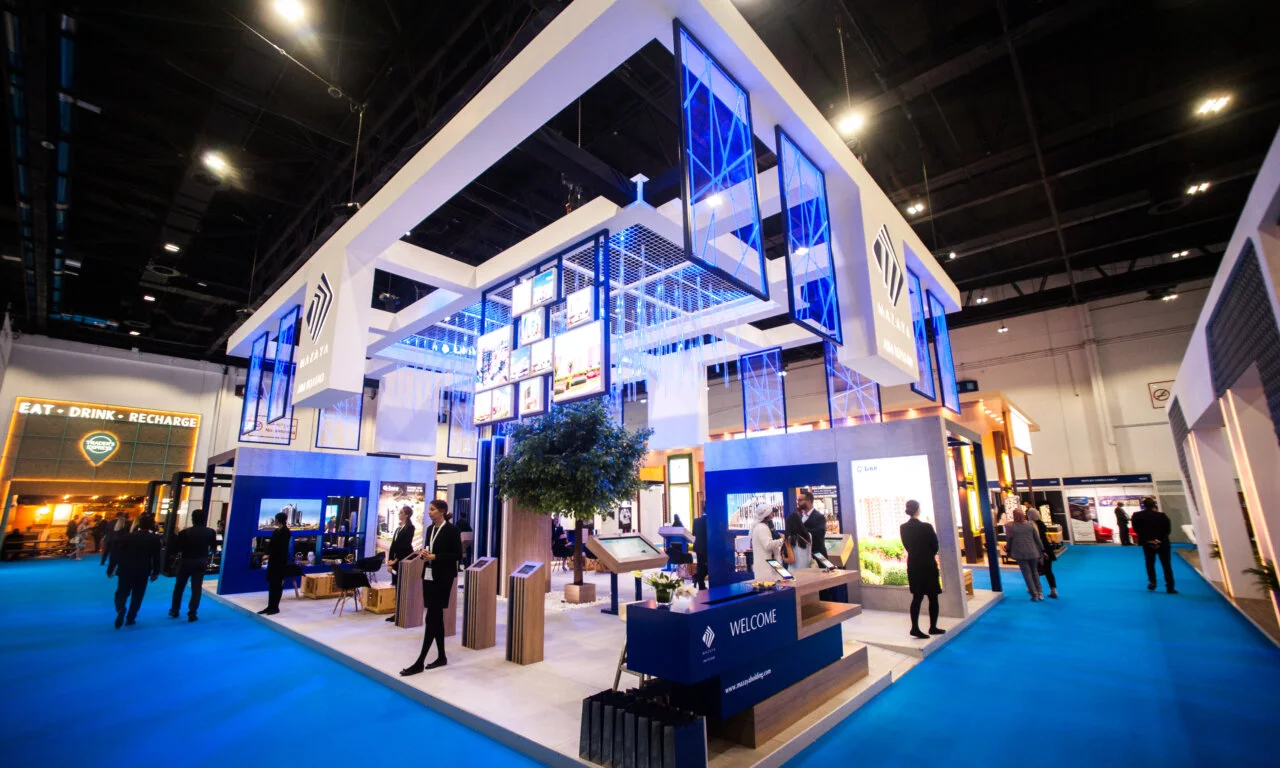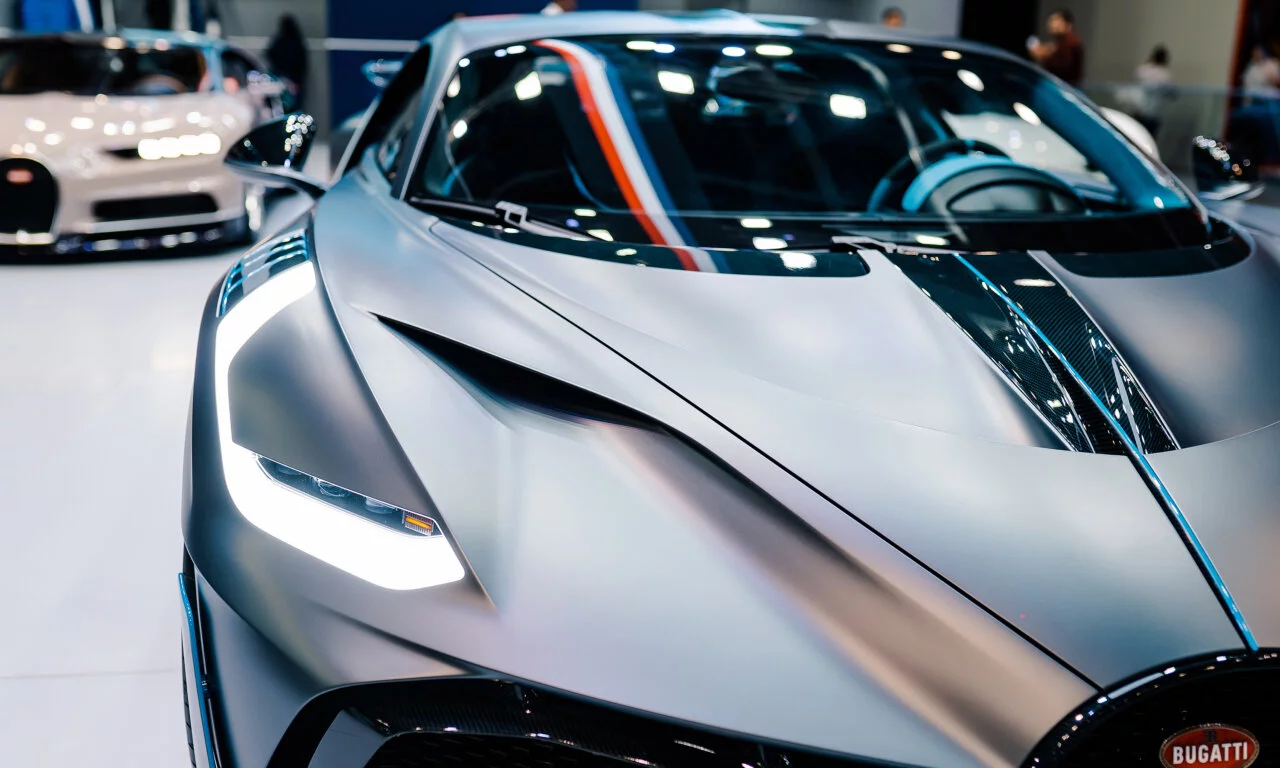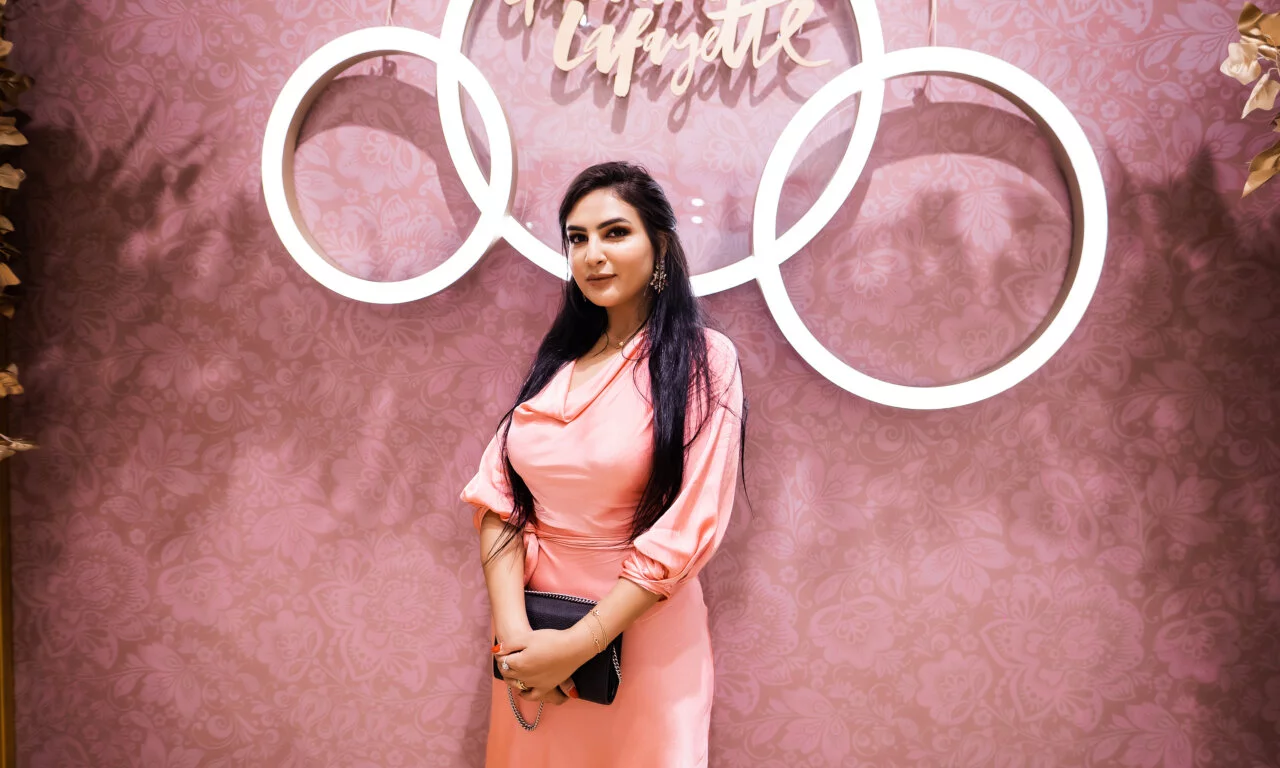In its truest sense, studio photography is preformed indoors, in a managed setting where the photographer has complete control over all of the elements that go into creating a photograph.
Studio photography is used to shoot a wide variety of subjects, including people, animals and wide variety of products, from automobiles to jewellery. A photostudio will usually start out as a blank space, meaning just an empty room. The photographer will then develop backdrops and decide what to include and exclude from the photo, such as costumes for models and props.
The key difference between studio and location photography is the studio photographer can control every aspect of the photo shoot. When on location, photography may be preformed either indoors or out. When shooting at an outside location the photographer has to contended with wind, rain and varying light conditions. When shooting at in indoor location the photographer may have to contended with less-than-perfect lighting and distracting background objects.
When shooting on location the photographer must bring some of the elements of the “studio” to the location. While this can help give the location a more professional atmosphere, it is almost impossible to set up a location that will match the ideal conditions in a properly setup studio. However, when shooting in the controlled environment of a studio the photographer has ultimate control over every aspect of creating the perfect photo, including setting up the ideal lighting scheme.
Studio photography will use a variety of backgrounds of different genres. These will include simple monochromatic background for portrait shots and complex background that simulate outdoor scenes, such as a beach or busy street, to make it look like the shot was actually taken on location. Specialised attire and props for models are frequently used and props can be anything from a period-specific costume to a pair of reading glasses.
Lighting is the lifeblood of good studio photography, and all the best models, costumes and props will not make up for poor lighting. Lighting needs can vary greatly, depending on the type of camera, whether the medium is film or digital, the size and type of the subjects, the skin tone of the models, the colour of the clothing and whether the shot is a portrait, still life or specialised fashion shoot
